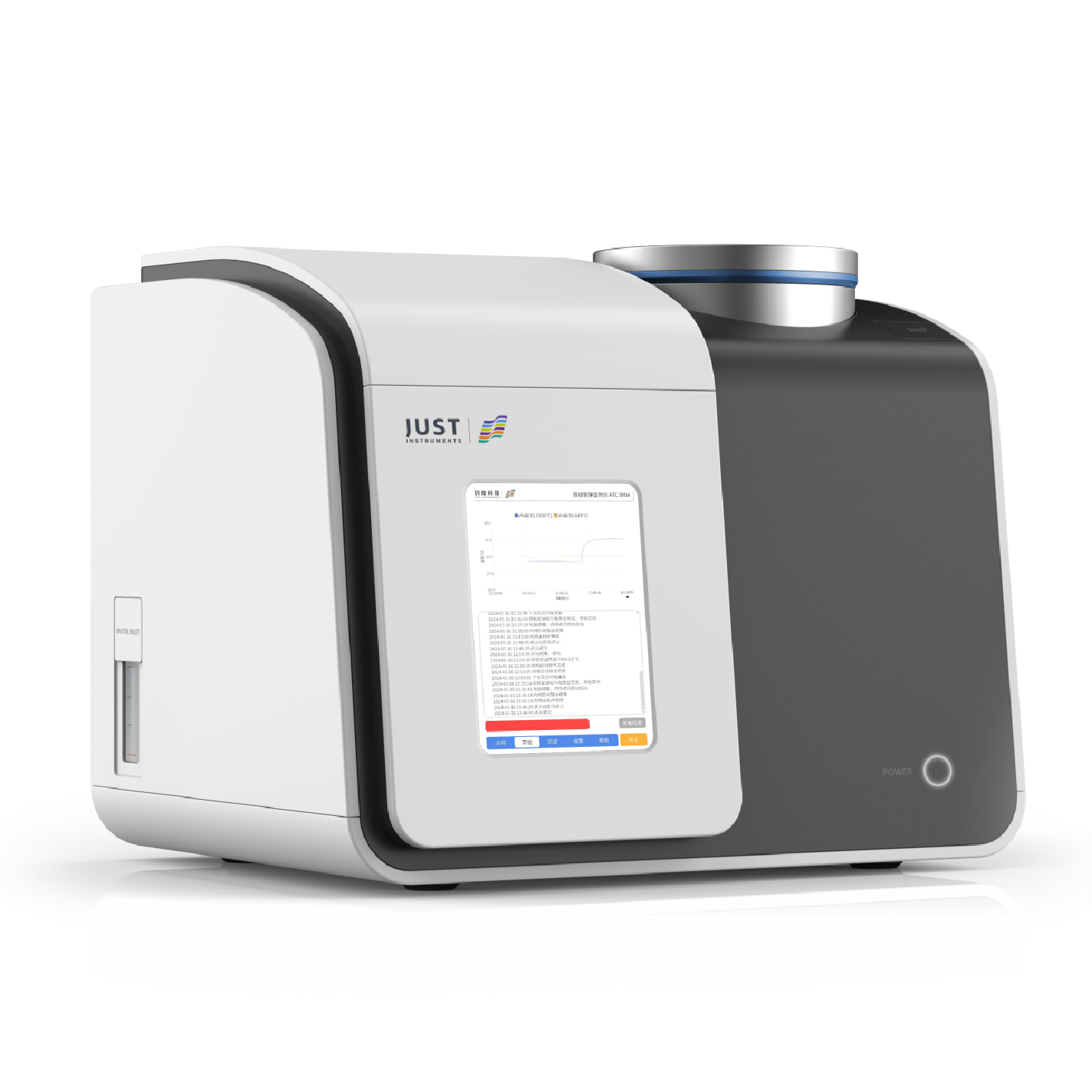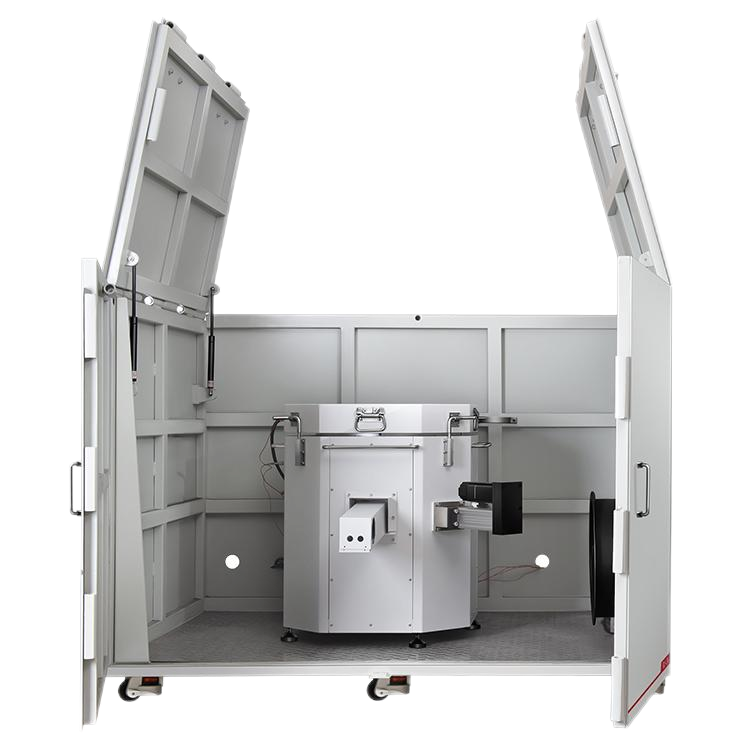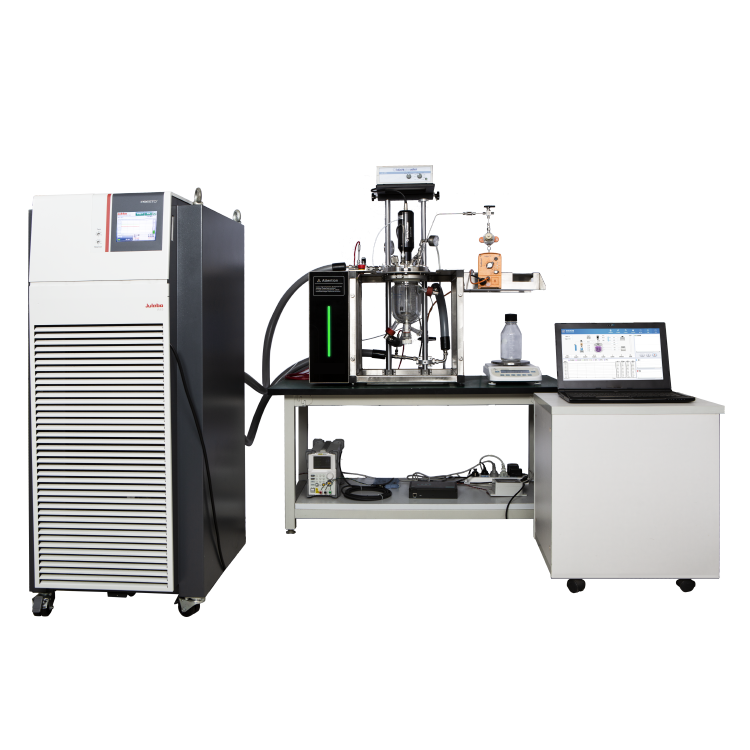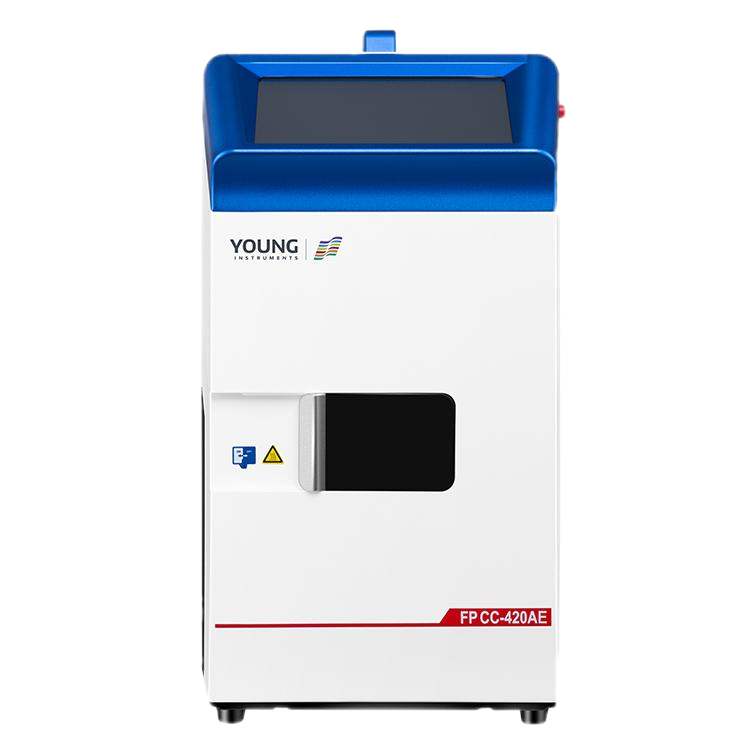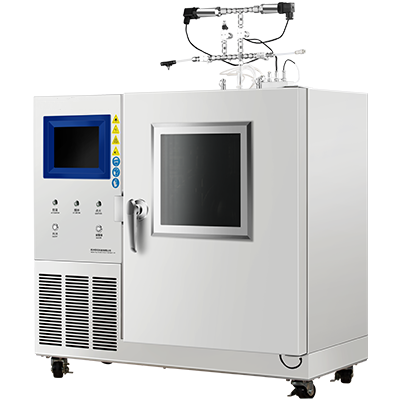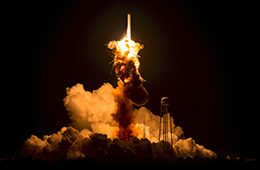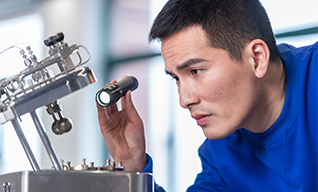A Deep Dive into Mie Testing: Hidden Dangers of Dust
When was the last time you truly considered the potential hazards dust might pose in your workplace? While dust may appear to be an innocuous presence in the air, it can actually pose significant risks—particularly in environments where combustible materials are processed or handled. In such industrial settings, airborne particles, when dispersed in sufficient concentrations, can trigger devastating explosions. One of the most reliable methods for evaluating this risk is Mie Testing—a standardized procedure that helps determine the minimum ignition energy (MIE) of dust clouds.
This article will explore the vital role of Mie Testing in assessing dust explosion risks, why it is essential for industries to conduct such tests, and how advanced instruments like the Dust Cloud Minimum Ignition Energy Tester from Hangzhou Zeal Instruments Science & Technology Co., Ltd. can effectively mitigate these serious safety concerns.
Combustible Dust: A Silent but Deadly Threat
Combustible dust, fine particulate matter from materials like chemicals, metals, plastics, agricultural products, and wood, poses a significant explosion risk when suspended in the air under certain conditions. These particles can ignite from a spark, static discharge, or heat source, causing violent explosions that threaten equipment, facilities, and human lives. Understanding the minimum ignition energy (MIE) of dust clouds is vital for industries handling such materials to mitigate safety hazards effectively.
The Escalating Risk of Dust Explosions: Despite being an often-overlooked industrial danger, dust explosions remain a major concern across sectors such as food processing, pharmaceuticals, chemicals, textiles, and metalworking. Materials like flour, sugar, coal, and metals like aluminum or magnesium can reach explosive states during industrial processes. With minimal external energy, such as a spark or static discharge, concentrated dust clouds can ignite, making regular risk assessments essential to prevent catastrophic incidents.
Mie Testing: A Critical Method for Determining Explosion Risk
Among the numerous methods for evaluating dust explosion risks, Mie Testing is one of the most significant. This test measures the minimum ignition energy (MIE) of a dust cloud—the least amount of energy required to ignite the dust and trigger an explosion.
By performing Mie Testing, industries can assess the potential for combustion and explosion within their processes. This helps in designing proactive safety measures, which can prevent catastrophic explosions from occurring. By identifying the specific ignition threshold of a dust cloud, companies can better determine where and how to reduce the likelihood of accidental sparks or heat sources in areas where dust tends to accumulate.
The Mie Testing Process: How It Works
Mie Testing involves dispersing a controlled amount of dust into a chamber and exposing it to electrical sparks of varying energy levels. Here’s a breakdown of how the test is typically carried out:
Dust Dispersion: A small sample of the dust is dispersed into a specialized chamber known as a Hartmann tube, using compressed air at a particular pressure to generate a uniform dust cloud.
Spark Ignition: The dust cloud is subjected to a series of electrical sparks. The energy level of these sparks begins low and is gradually reduced until the dust no longer ignites. The point at which the dust stops igniting marks the MIE.
Determining the MIE: The lowest spark energy at which the dust cloud fails to ignite is recorded as the minimum ignition energy. This value is typically measured in millijoules (mJ). The MIE reflects the sensitivity of the dust to ignition and is a key factor in determining whether additional explosion control systems, like suppression equipment or explosion vents, are necessary.
To improve accuracy, manufacturers can test multiple dust samples and adjust test parameters, such as electrode distance, dust pressure, and ignition delay time, to better understand the ignition risks specific to their environment.
The Dust Cloud Minimum Ignition Energy Tester (MIE-3000AE): A State-of-the-Art Solution
In order to meet safety and regulatory standards, industries need reliable and accurate equipment for conducting Mie Testing. The Dust Cloud Minimum Ignition Energy Tester (MIE-3000AE) from Hangzhou Zeal Instruments Science & Technology Co., Ltd. provides an advanced solution for measuring the MIE of dust clouds, delivering precise and reproducible results.
The MIE-3000AE is designed for a wide range of applications, ensuring both safety and efficiency while delivering accurate assessments. Let’s take a look at some of the key features that make this instrument an essential tool in industrial safety:
Key Features of the MIE-3000AE
Automatic Ignition Energy Selection: The MIE-3000AE automatically selects the optimal capacitor and voltage combination based on the entered ignition energy value. This helps simplify the testing process, ensuring both speed and accuracy.
Enhanced Safety: The instrument includes automatic disconnection of the high-voltage charging module to minimize any risk of operator harm, and the spark ignition process is carefully managed to ensure safety.
Uniform Dust Dispersion: The built-in dust dispersion system ensures even distribution of dust samples within the testing chamber, which is critical for obtaining valid test results.
Flexible Test Adjustments: The MIE-3000AE offers flexibility by allowing easy adjustments to key parameters, including electrode distance, powder pressure, and ignition delay time, enabling precise control over the test environment.
User-Friendly Interface: Featuring a 7-inch color LCD touchscreen, the MIE-3000AE offers a dynamic display of the experiment’s progress. Additionally, it supports USB plug-and-play data management for easy analysis and storage.
International Standards Compliance: This instrument complies with widely recognized standards, such as ASTM E2019, ISO/IEC 80079-20-2, and GB/T 16428, ensuring its results are valid and reliable worldwide.
Remote Control for Safety: With a remote ignition control feature, the MIE-3000AE allows operators to manage the testing process from a safe distance, reducing the risk of exposure to hazardous conditions.
Applications of Mie Testing Across Industries
The importance of Mie Testing spans various industries, particularly those where combustible dust is generated during the production or handling of materials. Here are some examples:
Chemical Manufacturing: In industries dealing with powders, pigments, and additives, knowing the MIE of each dust type helps prevent unintended ignition during production or packaging processes.
Agricultural Processing: Grains, flour, and other agricultural byproducts often create combustible dust. Mie Testing is critical in mills, grain silos, and other facilities where dust is regularly created.
Pharmaceuticals: Many drugs are produced as fine powders, which can easily become airborne. Mie Testing ensures that safety standards are met and that adequate dust control measures are in place to prevent hazardous conditions.
Metalworking: Metals like aluminum, titanium, and magnesium, when reduced to fine powders, can form explosive dust. Mie Testing in metalworking environments ensures safe handling and processing of these materials.
Conclusion: Safety Should Always Come First in Dust-Prone Industries
For industries that handle combustible dust, Mie Testing is not merely a matter of compliance—it is a critical step in safeguarding personnel, equipment, and facilities from potentially devastating explosions. By understanding the minimum ignition energy of dust clouds, companies can identify ignition risks and implement effective countermeasures to avoid catastrophic accidents.
With advanced tools like the Dust Cloud Minimum Ignition Energy Tester (MIE-3000AE) from Hangzhou Zeal Instruments Science & Technology Co., Ltd., industries can make informed decisions to address dust explosion risks, enhance safety protocols, and maintain compliance with safety regulations. Investing in reliable testing equipment is essential not just for meeting legal obligations but for fostering a long-term culture of safety in high-risk industrial environments.







